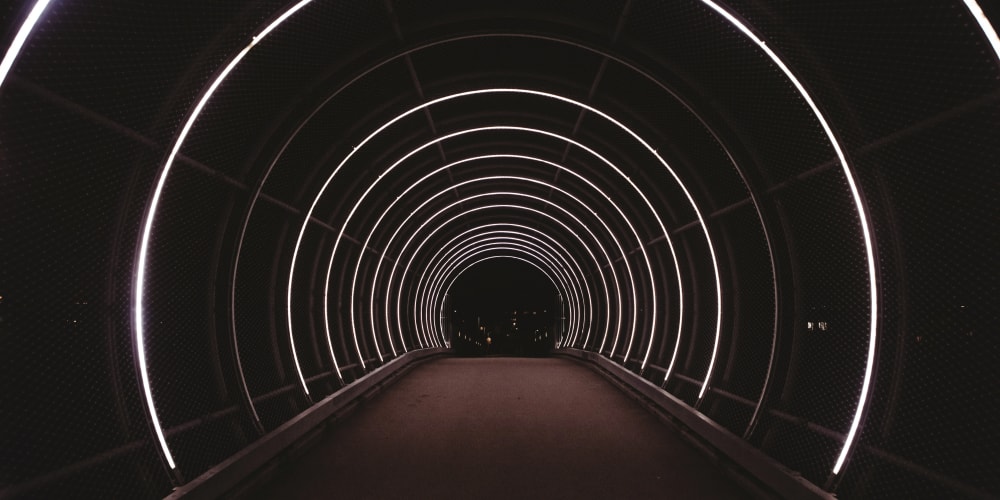How to Utilize Smart Building Materials for Innovative Construction Projects
The construction industry is amidst a technological renaissance, with smart building materials revolutionizing how we design, construct, and interact with buildings. These materials are not just about passive structural performance; they are active participants in creating more efficient, sustainable, and intelligent spaces. Let's dive deep into the fascinating world of smart building materials and how you can leverage them for your next ground-breaking project.
What are Smart Building Materials?
Smart building materials are engineered with advanced functionalities, incorporating technologies that offer more than the traditional capabilities of building materials. These can include:
- Self-healing concrete
- Phase-change materials (PCMs)
- Energy-generating materials
- Smart glass
- Adaptive thermal insulation
These materials can sense environmental changes, react to stimuli, and often improve performance through built-in technologies.
Self-Healing Concrete
Concrete is the backbone of construction, but its susceptibility to cracks and degradation over time can be costly and dangerous. Enter self-healing concrete – a brilliant innovation that autonomously repairs cracks to extend the lifespan of structures.
How Does It Work?
Self-healing concrete is embedded with microcapsules containing healing agents. When a crack forms, these capsules break open and release their contents, usually a form of bacteria or a chemical compound that reacts with water and carbon dioxide to form calcium carbonate, effectively 'healing' the crack.
Applications
- Bridges and viaducts
- Building foundations
- Pavements and roadways
The use of self-healing concrete not only enhances the durability but also significantly reduces maintenance costs and improves safety.
Phase-Change Materials (PCMs)
PCMs are materials that absorb, store, and release energy during phase transitions, typically between solid and liquid states. They play a critical role in regulating temperatures within buildings.
Benefits of PCMs
- Energy Efficiency: PCMs can reduce energy consumption for heating and cooling by maintaining constant indoor temperatures.
- Enhanced Comfort: They help create a more comfortable living environment.
- Sustainability: PCMs contribute to decreasing the carbon footprint by optimizing energy use.
Deployment
- Wallboards and ceiling panels
- Flooring systems
- Window blinds and shading devices
By incorporating PCMs, you can design buildings that are not only more comfortable but also more environmentally friendly and cost-efficient.
Energy-Generating Materials
Another exciting advancement is in materials that can generate energy – think solar panels integrated directly into building fabrics. These materials can transform structures into mini power plants.
Types of Energy-Generating Materials
- Photovoltaic Glass: Transforms sunlight into electricity.
- Piezoelectric Materials: Generate electricity from mechanical stress.
- Thermoelectric Materials: Convert temperature differences into electrical power.
Case Studies
- Solar Facades: Building facades covered with photovoltaic glass to generate renewable energy.
- Smart Roads: Embedded piezoelectric materials in roads generate electricity from the pressure of moving vehicles.
These innovations can drastically cut down electricity bills and reduce dependency on non-renewable sources.
Smart Glass
Smart glass, also known as switchable glass, can alter its light transmission properties when voltage, light, or heat is applied.
Advantages
- Energy Savings: Reduces the need for artificial lighting and air conditioning.
- Privacy: Instantly changes from transparent to opaque.
- Aesthetics and Design: Offers flexibility in architectural design without compromising functionality.
Applications
- Office buildings
- Residential complexes
- Commercial spaces like retail stores and hotels
Smart glass is transforming the very essence of how we interact with our environments, making it a cornerstone of modern, adaptive architecture.
Adaptive Thermal Insulation
Insulation that changes its properties in response to environmental conditions significantly improves energy efficiency and occupant comfort.
Features
- Enhanced R-Value: The insulation's thermal resistance increases or decreases as needed.
- Durability: Resistant to settling, moisture, and pests.
Typical Uses
- Roofing systems
- Wall assemblies
- Foundation insulation
Adaptive thermal insulation can ensure buildings remain cozy in winter and cool in summer without massive energy expenditures.
Conclusion
The integration of smart building materials into construction projects is paving the way for a future where buildings are not just structures but intelligent systems that contribute actively to our wellbeing and environmental sustainability. By embracing these innovations, architects, engineers, and constructors can lead the charge into a new era of construction that is resilient, adaptive, and ever so smart.
Stay ahead of the curve and make your next construction project a beacon of innovation and sustainability with smart building materials!
What are your thoughts on the future of smart building materials? Drop a comment below to join the discussion!


















